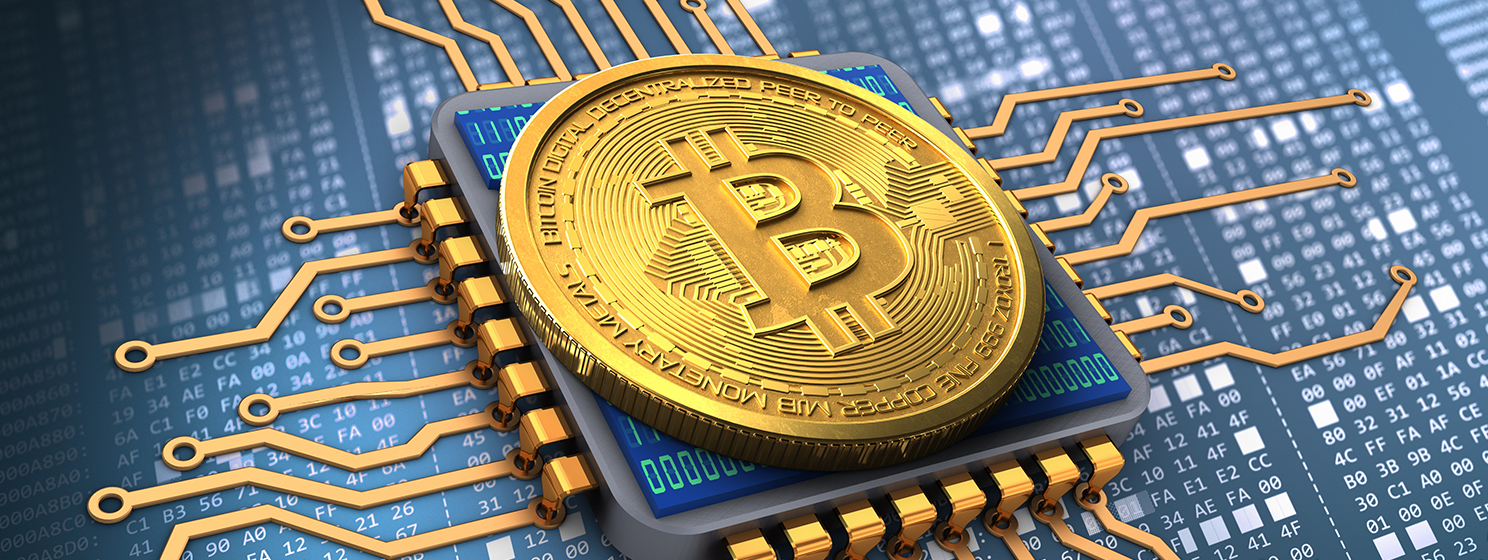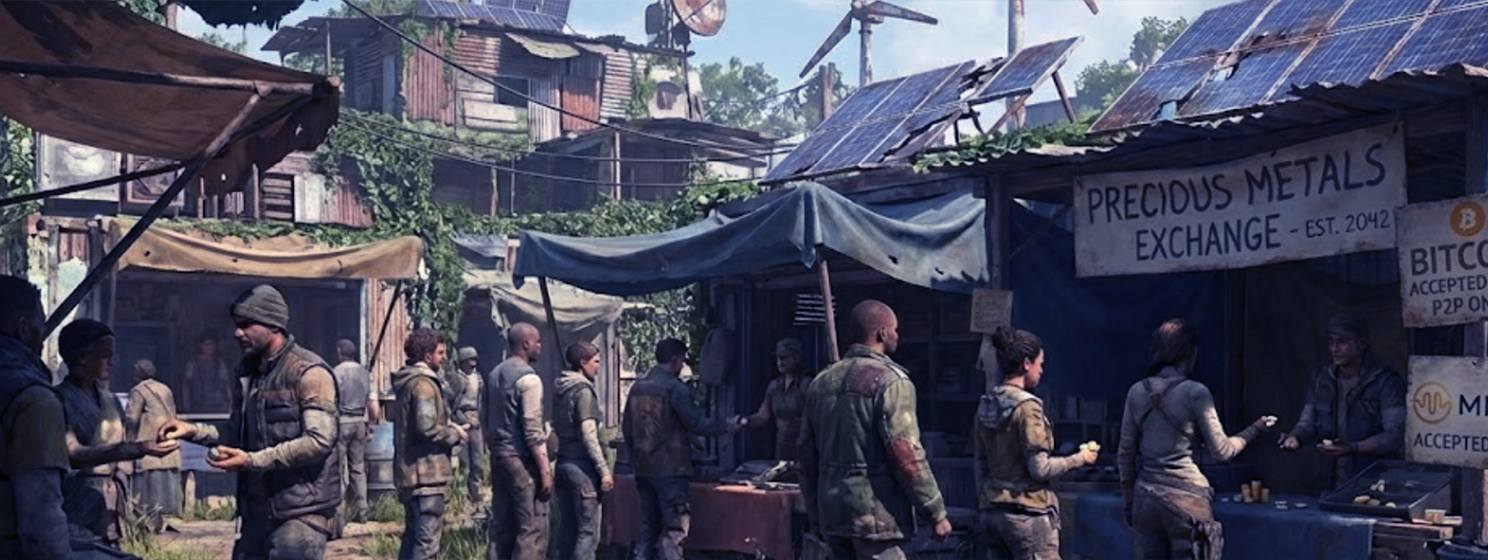|
Getting your Trinity Audio player ready...
|
I’ve always found it problematic that a few major companies control the BTC mining hardware market. For example, Bitmain has a very large part of the ASIC market, which means they influence prices and new tech. It feels like a monopoly. However, a fascinating shift is occurring as decentralized chip design networks emerge, where miners are starting to construct and adapt their own equipment. This change could create a fairer environment.
For example, the Tatsu Ecosystem‘s ChipForge quietly started on September 2, 2025. I saw it on a small forum, and it grabbed my interest. ChipForge isn’t like a normal hardware factory. It’s a platform utilizing blockchain technology where anyone, from individual miners to large companies, can collaborate on ASICs, GPUs, and specialized AI accelerators. People share ideas and vote on designs using the network’s tokens. If a design is selected, it becomes a token ready for manufacturing. Profits are reinvested through $TATSU buybacks, rewarding those who contributed. In essence, it combines crowdsourcing with crypto, but it deals with real hardware.
How does this happen? Let’s say you’re a miner who’s not happy with Bitmain’s latest equipment, which uses too much power and is outdated quickly. On ChipForge, you can join a DAO and suggest changes, such as enhanced heat reduction or security features against quantum hacks. The community discusses it, makes improvements, and votes. Successful designs are made into NFTs or tokens, and then partners make them. Tatsu says this approach could lower costs by 30-40% by removing middlemen. Early tests suggest that prototypes could enter the trillion-dollar chip business. I discussed with some early users on Discord, and they spoke highly of the transparency. No more surprise updates from faraway manufacturers.
This strategy addresses a key challenge in BTC mining. According to Uminers CEO Batyr Hydyrov, China manufactures 99% of ASICs, holding approximately 55% to 65% of global Bitcoin mining operations, which creates challenges. Political issues, such as U.S. investigations into Bitmain, could interrupt product supplies quickly. The chip shortages a few years ago had a negative impact on mining operations worldwide. By spreading out the design, networks like ChipForge also spread the risk. Miners in various regions, such as the U.S., Europe, and emerging markets, can contribute and produce items locally using open-source designs. It’s similar to how Linux (NASDAQ: LLNXF) changed software owned by single companies, but it is for hardware. With BTC’s hashrate surpassing 1 ZH/s this month, we need better technology to keep up.
There are challenges. I am concerned about design theft; with such a public network, people could steal plans. Tatsu uses blockchain checks and encrypted submissions to combat this, but it’s still early. Producing enough chips is another challenge because chip creation is expensive, and relying on partners could result in slower production. Additionally, not every miner knows how to plan circuits, so educational tools on the platform will be necessary. However, the positive aspects outweigh the concerns. Projects like these could work with DePIN by changing mining equipment that is not being used into design spots during slow times.Upon closer examination, ChipForge isn’t the only project. There are similar projects, such as smaller DAOs, that investigate whether FPGA reprogramming can quickly switch between altcoins or AI tasks. A post on X that I read last week demonstrated how these networks could protect BTC from ASIC use by supporting specialized chips that bypass central control. Top companies like Marathon (NASDAQ: MARA) hold 20% of the hashrate, so having decentralized systems is essential. It gives more power to smaller players, encouraging them to create new innovations that big companies might not have considered, such as power-saving designs for solar-powered systems in remote locations.
I have been in the crypto world long enough to see different trends come and go, but this seems real. It’s not just talk; it’s real problem-solving. It is possible that these networks could combine BTC mining with broader tech. Miners could design chips for AI use, changing mining systems into hybrids that mine when demand is low and compute for hyperscalers at other times. This reflects the idea of Tier 0 infrastructure, where mining lowers risks for data centers.
In this analysis, the importance of these changes in the mining field cannot be overstated. They make things more accessible to everyone, fight against monopolies, and enhance security in a business that is becoming increasingly important to the world’s economy. As the mining sector grows, decentralized chip design ensures that mining remains new, open, and robust, not just for large companies, but for everyone who participates.
Watch | Bitcoin mining in 2025: Is it still worth it?

 12-22-2025
12-22-2025 




